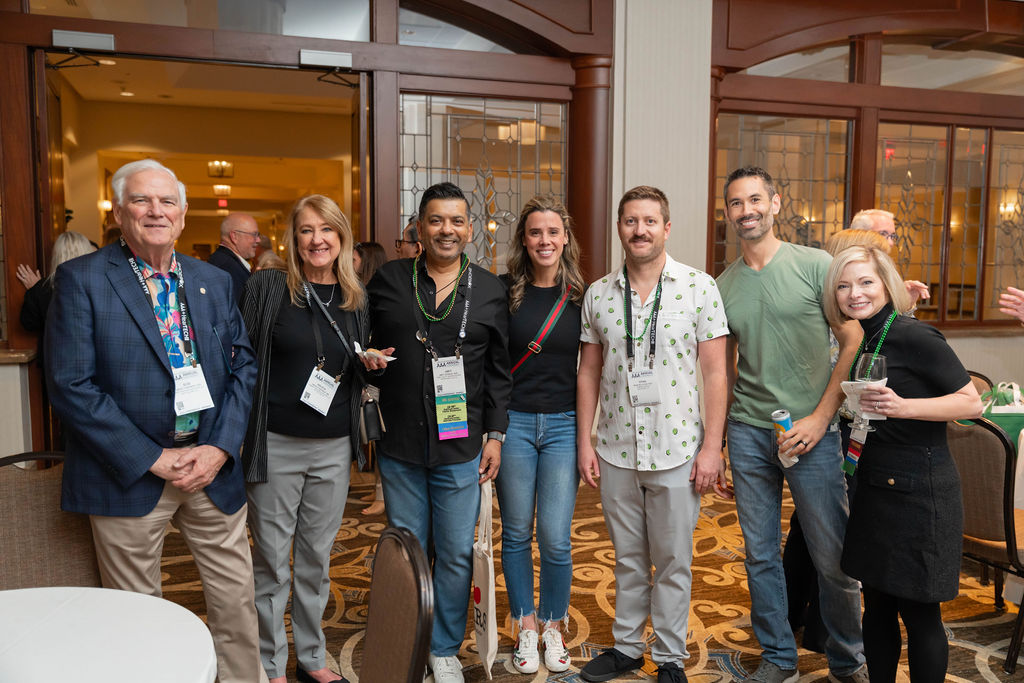A recent survey conducted by Strupp et al. (2025), analyzed intervention trends across 234 respondents from 47 countries. This survey sought to investigate preferred treatment types for unilateral vestibular dysfunction (UVD), bilateral vestibular dysfunction (BVD), superior canal dehiscence syndrome (SCDS), benign paroxysmal positional vertigo (BPPV), and Meniere’s disease (MD). Across respondents, UVD was most commonly treated pharmacologically with oral steroids, antiemetics, and Betahistine. The second most common treatment choice for UVD was vestibular rehabilitation therapy. BVD was most often treated with vestibular rehabilitation therapy. SCDS was most typically treated surgically thorough a variety of approaches. BPPV was most commonly treated with canalith repositioning, and treatment types were typically canal specific. Finally, MD was often treated with a variety of medications including Betahistine, diuretics, oral steroids, antiemetics, and gentamycin; the second most common treatment for MD was surgical.
These authors noted fairly heterogeneous treatment trends across respondents, regardless of practice location. However, the authors also noted a lack of empirical evidence supporting the efficacy of many of the drugs that were reportedly used for the various vestibular conditions.
Reference
Strupp M, Kern L, Laurell G, Lehner L, Grill E, Strobl R. (2025) World-wide survey on the treatment of peripheral vestibular disorders. Front Neurol 16.
Recent Posts
Turn Insight Into Action! Attend Learning Labs at AAA 2026
Ready to take your professional development to the next level? At AAA 2026, Learning Labs are your chance to go beyond lectures and dive into…
Your Support Makes the Difference—Let’s Finish the Year Strong
As we wrap up the year, I want to thank you for your generosity supporting the AAA Foundation’s work. The enclosed report highlights what you…
Audiology Faces New Challenges Under Draft Federal Loan Rule: What Comes Next
Member Action Needed Soon! The U.S. Department of Education’s Advisory Committee has reached consensus on proposed regulations implementing the higher education provisions of the One…


